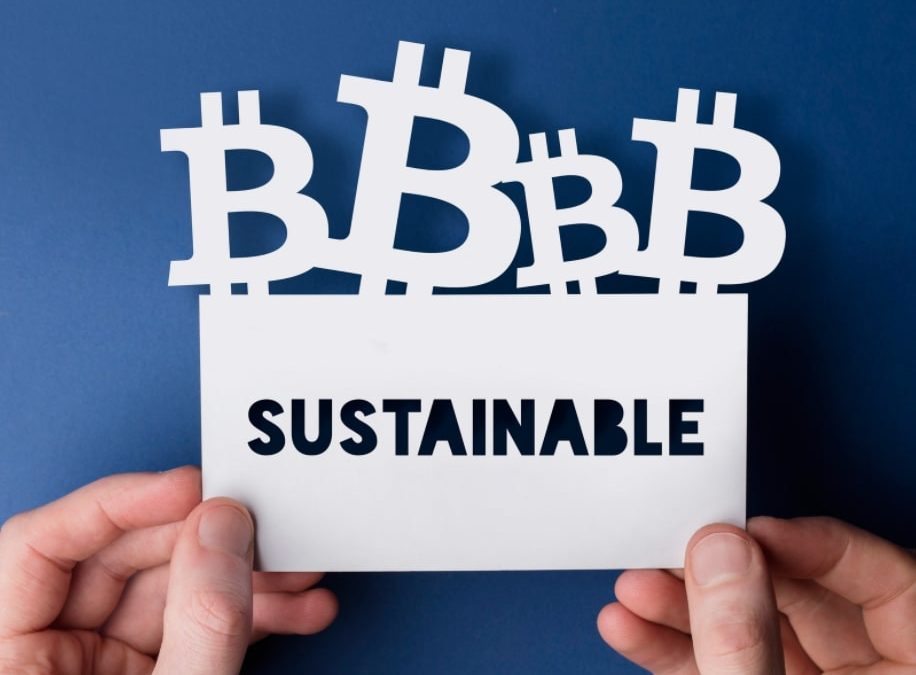The cryptocurrency market is growing rapidly and has the ability to provide individuals without access to banks with digital wallets that can prevent fraud and replace outmoded currency systems. The largest cryptos — Bitcoin and Ethereum — are “mined” by millions of high-powered computers around the world. blockchain powers these cryptocurrencies as a digital ledger. This requires huge amounts of energy that often rely on fossil fuels, especially coal, the dirtiest of fuels.
Bitcoin was first introduced more than a decade ago; it was a niche passion for just a few hundred hobbyists. So, while a single Bitcoin coin sold for less than one cent on the open market then, it currently sells for close to $7,000 and approximately 200,000 Bitcoin transactions occur daily, creating cryptocurrency “mines” or server farms that use massive amounts of energy. And crypto mining is largely unregulated. This creates a challenging issue that puts this valuable technology, already worth trillions of dollars, at odds with sustainability and environmentalists seeking climate change solutions.
Thankfully, there are advances in green cryptocurrency. A variety of alternative energy resources are available that can help organizations cut energy costs. One intermediary solution is mining cryptos with solar power, hydropower, and other green energy sources that use clean, renewable energy. Iceland-based Genesis Mining — one of the largest crypto mining companies — is building a plant in Texas that will rely on sustainable infrastructure and a low carbon footprint, with energy sourced from the Electric Reliability Council of Texas (ERCOT). This provides more than 40 percent of the source from wind and solar power.
Some sustainability experts recommend that organizations buy carbon credits in exchange for cryptocurrency to compensate for its environmental impact and others suggest that if it’s possible to track the source of Bitcoin, a premium could be charged for green bitcoin. In addition, adding incentives for future crypto minors that use green energy could eventually force out polluting miners, requiring proof that they use clean energy and denying payment if they do not. Climate change policies by global governments could also provide a solution.
Newer blockchains use Proof of Stake (PoS) systems that reduce the amount of computational work to verify blocks and transactions that keep cryptocurrency safe. Those server owners on PoS systems are referred to as “validators,” not miners. They place a deposit or “stake” a large amount of cryptocurrency in exchange for adding blocks to the blockchain. To become a validator, a crypto owner must “stake” a certain number of coins. Because PoS technology doesn’t require extra energy to prove its security, it is more energy-efficient; the protocol can be run off of a laptop. Ethereum is already relying on PoS to cut its energy use.
In an article in The New York Times, Paul Prager, CEO, and founder of the Bitcoin mining company Terawulf and an energy industry veteran said, “When you have an electrical grid, you want that grid to become increasingly more sustainable. Have a lot more renewables. These are intermittent energy supply choices — hydro, solar, and wind, which are all great, which we will be sourcing for our mining capacity. You want to have a load that is constant, which enables the grid to be robust. You have this load that is Bitcoin mining all the time, but that load could go away. It could be shut off in the 200 hours a year when there are supply strains. So it’s good for the grid. That’s good for everyone.”
Prager added that two forms of regulation provide a potential fix to crypto’s environmental cost: more transparency about the carbon costs of running a cryptocurrency business and a type of carbon tax. “We think at the end of the day that people who choose to run businesses that use fossil fuels will have higher costs than people who have businesses that don’t use fossil fuels,” he said.

